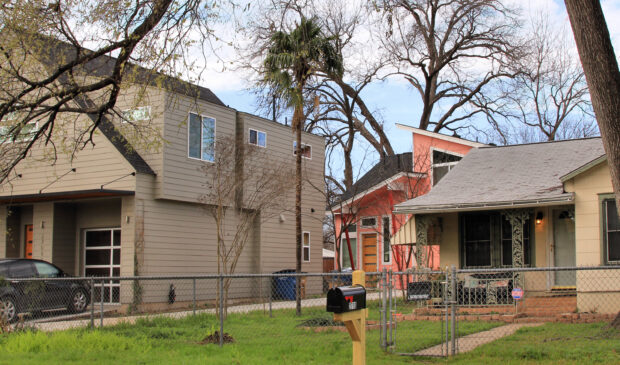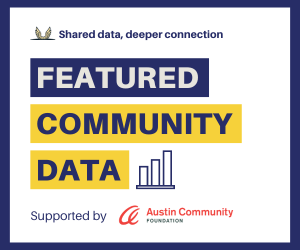Equity overlay study draws criticism from Community Development Commission
Wednesday, February 19, 2025 by
Chad Swiatecki The ongoing study of a potential equity overlay in East Austin is drawing concerns from residents and commissioners over its slow pace and lack of direct community engagement. At a recent meeting of the Community Development Commission, representatives from Atlanta-based APD Urban Planning and Management outlined their progress on the study but faced pointed questions about whether their work is effectively capturing input about the needs of vulnerable populations.
The study, commissioned by the city, is examining whether an equity overlay could help mitigate displacement caused by rapid redevelopment and the ongoing implementation of the HOME initiatives approved by City Council to promote density. During the meeting, several commissioners expressed their frustration over a lack of community involvement in the process.
“Has the city or any of the consultants hired by the city stopped talking to neighborhood associations or neighborhood plan contact teams? Because in conversation with neighborhoods other than my own, many of these people have heard nothing from the city,” Commissioner Julia Woods said. “Those of us who were around when the contact teams were formed are kind of puzzled that there are these groups of people who have some practice with talking to the city and know a thing or two about how development works.”
Representatives from APD attending the meeting virtually said community forums and interviews are still ongoing, with the final report and recommendations not due until later this spring. In addition to gathering feedback, the firm is analyzing anti-displacement strategies in other major cities and using city permitting data to identify the portions of the city most at risk for displacement of current residents due to rising property taxes or development pressures.
Those are the areas that are seen as most in need of an equity overlay, a zoning tool that superimposes additional regulations over existing zoning districts to address specific community concerns, such as preventing displacement and gentrification. In the context of housing, an equity overlay can mandate that a certain percentage of new housing units be affordable for low- and moderate-income households, thereby preserving the socioeconomic diversity of a neighborhood.
By implementing such overlays, cities can mitigate the adverse effects of development that often lead to the displacement of long-term residents. In Austin, community organizers have advocated for an equity overlay to require a portion of new housing to be affordable at specific income levels, aiming to curb mass displacement in rapidly gentrifying areas.
When asked about the likelihood of developers in the area being willing to undertake projects in areas covered by an equity overlay, APD’s representatives noted two groups – including Equidad ATX – that had already expressed interest during the early phases of input.
In response to an inquiry about how other cities have successfully addressed gentrification, APD partner Jesse Wiles also shared details of the Anti-Displacement Tax Fund, which was implemented in portions of western Atlanta to provide a 20-year cushion for existing residents from property tax increases as areas were undergoing rapid growth.
“Some of the housing production zoning and land use legislations that are occurring in Austin are in the type of neighborhoods that we work in, and we’ve had some level of success,” Wiles said. “HOME and a number of these other pieces of legislation, these are housing production tools designed to increase the number of homes in Austin. In some cases, the impact that these production tools would have on communities of color, communities that are disadvantaged … I’m not sure they really have been thought through as well as they probably could be.”
Photo by Larry D. Moore, CC BY 4.0, via Wikimedia Commons.
The Austin Monitor’s work is made possible by donations from the community. Though our reporting covers donors from time to time, we are careful to keep business and editorial efforts separate while maintaining transparency. A complete list of donors is available here, and our code of ethics is explained here.
You're a community leader
And we’re honored you look to us for serious, in-depth news. You know a strong community needs local and dedicated watchdog reporting. We’re here for you and that won’t change. Now will you take the powerful next step and support our nonprofit news organization?






